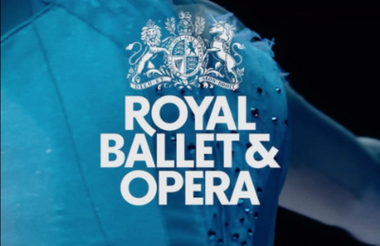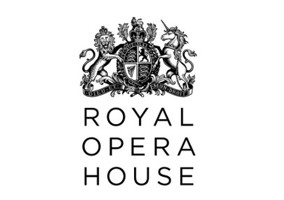Income at the Royal Ballet and Opera, formerly known as the Royal Opera House, increased by nearly a third last year, according to recently published financial statements.
Accounts for the year ending 27 August 2023 show that the charity recorded a total income of £170.7m last year compared with £128.9m in 2021-22.
Box office receipts, which accounted for 31% of its total income, also increased by almost a third, from £39.6m to £52.6m.
Meanwhile, total expenditure grew by 16% to £154.8m (2021-22: £133.1m).
Increase in nearly all income sources
The Royal Ballet and Opera said in its accounts that 2022-23 marked its second full season since Covid-19 and the first season to avoid pandemic-related cancellations since March 2020.
Nearly all its income sources increased last year (fundraising and sponsorship income fell from £39m to £37.6m), with commercial and other income rising to £46m compared with £24.4m in 2021-22.
At 96%, box office occupancy returned to pre-Covid-19 levels, with the Royal Ballet and Opera achieving 83% financial capacity and 59% of all bookers being new to the charity.
The charity diversified audiences by maintaining 30% of tickets for its main stage priced at under £50 (25% under £35) and a scheme for people aged 16-25, with 70,000 tickets sold to these members across the season, among other things.
It also benefitted from the extension of the higher rates of the government’s theatre tax relief, which provided “vital support to our post-pandemic recovery”. This amounted to £20.6m in 2022-23 compared with £6.77m the previous year.
A challenging period
The charity said it has suffered from the impact of prolonged higher rates of inflation, a three-time increase in utility costs and upward pressure on salaries, “all of which had significant implications for a business that runs on tight margins”.
It cited other challenges including a 20% real-term cut to public subsidy, changes to audience and consumer behaviour and the need for significant capital investment in its “ageing backstage infrastructure”, last upgraded in the late 1990s.
The accounts show that the Royal Ballet and Opera received a grant from Arts Council England (ACE) of £23.6m last year (2021-22: £24.5m), representing 15% of total unrestricted income.
The charity estimated that it will need to invest at least £50m “over the next three years just to keep the building open and operations, part of the £200m required over the next decade”.
“ACE scored us high on risk in our national portfolio organisation application for this reason,” it said.
Wages and salaries rose to £49.2m last year compared with £41.9m in 2021-22 while the number of staff employed on a full-time basis increased from 978 to 1,055 over the same period.
The average salary cost per full-time equivalent employee, excluding termination costs, rose by 9% to £46,614.
The increase was driven by an annual pay award of 4%, further pay increases from the London Living Wage and an additional non-consolidated lump-sum payment to staff.
‘Significant achievement to negotiate these challenges’
Writing in the introduction to the accounts, Royal Ballet and Opera chair Lloyd Dorfman said: “Whilst the catastrophic closure of the house in the face of the pandemic was put behind us in the 2022-23 season, the repercussions of that period were still being felt and were exacerbated by broader economic and other challenges.
“The costs of running our theatres have surged in the wake of the cost-of-living crisis that has impacted our entire industry as it has the whole economy.
“This has come alongside a significant real-term curt to our ACE grant and the ever-more pressing need for capital investment in our ageing back-of-house infrastructure.
“It was a significant achievement to negotiate these challenges in the short term and the determination, resilience and creativity demonstrated by this institution will stand us in good stead as we work to secure longer-term stability.”
Related articles











